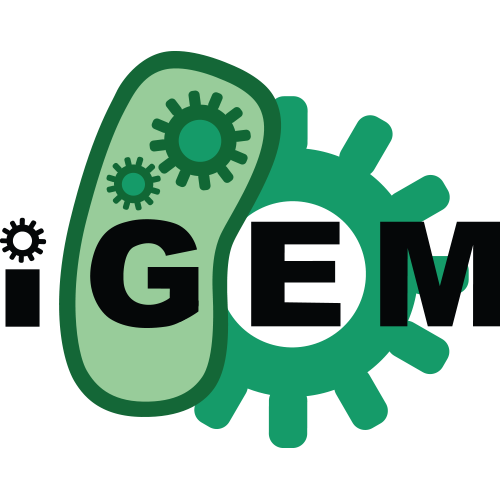Source:
Generated By: https://synbiohub.org/public/igem/igem2sbol/1
Created by: Johan Nordholm, Andreas Constantinou, Nina Schiller
Date created: 2010-10-24 11:00:00
Date modified: 2015-05-08 01:12:17
N-part LMWP cell-penetrating peptide
| Types | DnaRegion |
| Roles | CDS Coding |
| Sequences | BBa_K380003_sequence (Version 1) |
Description
N-part Low molecular weight protamine (LMWP) is a cell-penetrating peptide that may be used in N-terminal fusions with full-length proteins to create transduction proteins with the ability to permeate the lipid bilayer of various cell types, making it a potential gene or protein delivery vector.Enzymatically prepared LMWP chemically conjugated to ovalbumin (OVA) and bovine serum albumin (BSA) have previously been shown to penetrate the lipid bilayer of human keratinocytes, as well as to successfully permeate mouse skin epidermis (Huang et al., 2010). Furthermore, LMWP/pDNA complexes can efficiently penetrate into human embryonic kidney cells (Park et al., 2003). As LMWP has been shown to be neither toxic nor immunogenic (Chang et al. a, 2001; Chang et al. b, 2001; Lee et al., 2001), it may be used as a potential vaccine, drug or gene delivery vector.
For a version of TAT fusible also to protein C-termini, please see [[Part:BBa_K380000]].
For more information on N-parts see the Assembly Standard 25 information page.
Notes
This part was back translated from the amino acid sequence and optimized for expression in Escherichia coli. Codon usage has been varied for repetitive amino acids.Source
LMWP is a 14-amino acid derivative from Rainbow trout (Oncorhynchus mykiss) protamine, an arginine-rich protein that replaces histones in chromatin during spermatogenesis (McKay et al., 1986; Byun et al., 1999).| Sequence Annotation | Location | Component / Role(s) |
| LMWP Start codon | 1,45 1,3 | CDS feature/cds start_codon feature/start |
